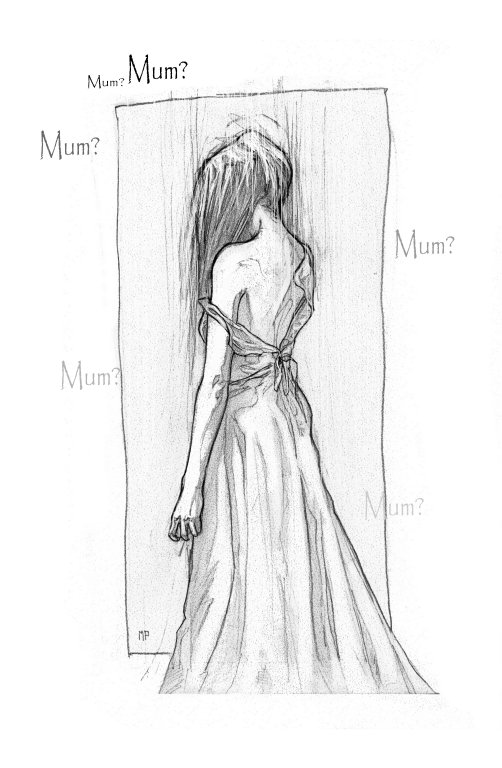OneMonkey has been working away steadily on the ostragoth.co.uk website, which now at least has some links (to this blog, to my writing blog, and to Mark’s art portfolio). Once we’ve officially launched our graphic novel Boys Don’t Cry at Thought Bubble in Leeds on November 20th, we should be adding the facility to buy copies online. And of course as we produce more comics, graphic novellas or other similar collaborations they’ll be available there too.
Since we’ve had interviews with the artist, and I often air my views in these posts in lieu of interviews with the writer, I thought it was about time OneMonkey (letterer, editor, model, web designer, manager) spoke. Though he claims there’s not much to say.
Recently I’ve been fiddling around with registering a website and finding a webhost, sort of thing. At the minute we just have a very simple holding page up, but one that should be fully html5 and css3 compliant. Actually I should check that.
Then I asked for less technical stuff (once a sys admin, always a… geek, I guess):
I’m using @font-face for the fonts to try and make the website look similar to the graphic novel, but interestingly it doesn’t seem to work in Internet Explorer even though I thought it had downloadable font support in Internet Explorer 5. So far the website looks OK in firefox, chrome and safari but I guess I’ll have to poke at it a bit to make it render properly in IE.
Which is still quite technical…
For people using webkit browsers (safari and chrome) the holding page should have a gentle wind-strewn petal animation as a little extra (purple petals feature in the book). Firefox users might get css animations available in firefox 4. I haven’t made this css3 animation live yet because I was thinking it might just look out of context for people who haven’t read the graphic novel.
So if we skip the programming jargon, what OneMonkey seems to be saying is that he was going for the visual style and feel of Boys Don’t Cry reflected in the Ostragoth website. Coherence, if you will. Which (possibly) brings us nicely to the lettering style. I asked how he decided on the fonts, layout etc:
I had a reasonably clear idea of how I wanted the lettering to look – and no, lettering doesn’t mean I’m a tracer, because Mark did the inking of his sketches himself (everyone will get that, won’t they?).
Chasing Amy, if you didn’t spot the reference.
The text was essentially broken up into speech and prose. The prose was going to be like broken up blocks of distressed typewriter-ish text (which is the font you see on the website). The speech had to be visually different, and I essentially chose what I thought was a nice suitable font.
I asked if the dream sequence fonts were different again, as they fit with the more grainy unreal style of the art there:
Ah no, that’s the clever thing. The speech font is actually a little distressed also, and that shows up more at larger sizes. There’s very little speech in the dream sequences.
This page is a good example:
For anyone interested, I did the lettering in OpenOffice Writer, with the art as a page background. The 80 pages were then exported to pdf to go to the printers. OpenOffice did have problems with this to start with but the art was at a greater resolution than necessary for printing so I resized it for printing. Is that incredibly boring?
Naturally I’m too polite to comment.
My current concern is getting the proof back from the printers in time for us to make any necessary changes to the print order in time for the deadline for the Thought Bubble print run. In the meantime I’ve been organising poster prints and postcard prints (for any fans of Mark’s art). These should be available with us at Thought Bubble, or perhaps even from the website when I get that bit sorted out.
I feature quite heavily in Boys Don’t Cry, being Mark’s photo-reference model for Hunter. I’ve had my hair cut since then though. It didn’t seem weird working with all those pictures of me. Mainly I was looking at the pictures in terms of dpi, aspect ratio and layout. I keep thinking I haven’t contributed much to this…
As OneMonkey walks away humming I’m Too Sexy again, I realise his ‘not much to say’ has expanded into a fairly long post.



